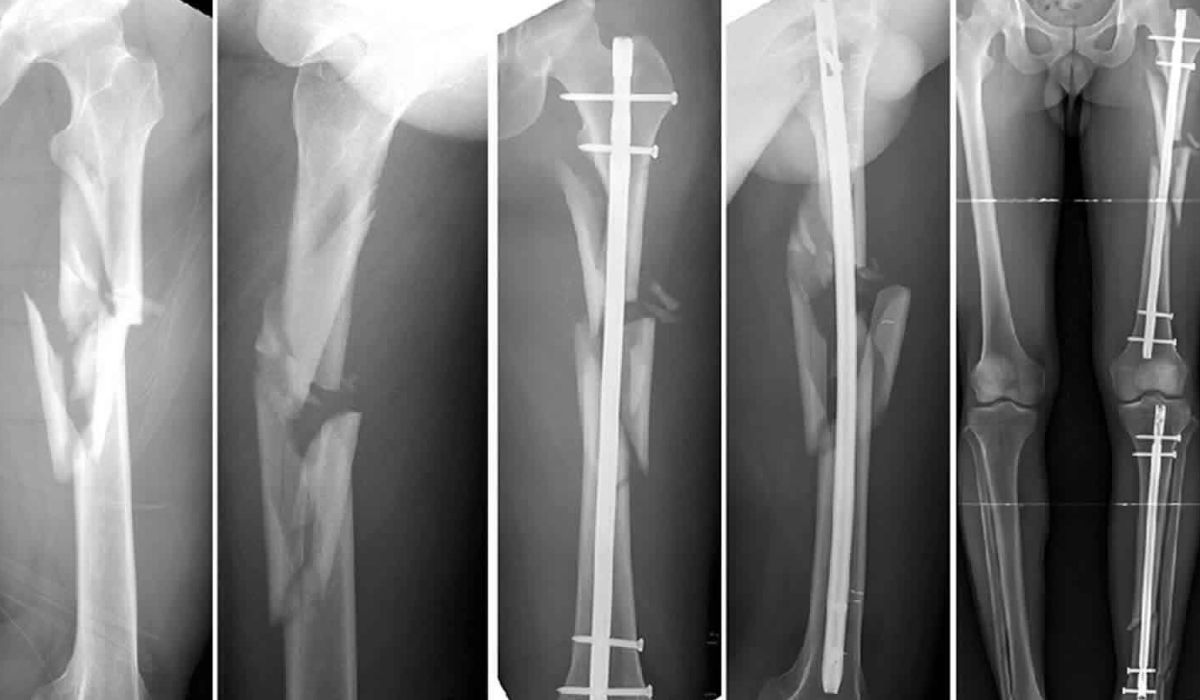When bones shatter under extreme stress, this is known as a fracture. Comminuted fractures are particularly serious because of their complexity and probable long-term consequences on comminuted fracture the patient. In this article, we will examine comminuted fractures in greater depth.
What is a Comminuted Fracture
When a bone fractures into three or more pieces, the condition is known as a comminuted fracture. Comminuted fractures, in contrast to simple fractures, involve more than two pieces of broken bone. High-impact injuries, such as those received in vehicle accidents, falls from great heights, or sports-related occurrences, commonly cause this type of fracture.
Causes of Comminuted Fractures
The application of great force to the bone typically causes comminuted fractures. Some typical explanations are:
- High-Impact Accidents: Comminuted fractures can occur as a result of the tremendous force applied to bones in high-impact incidents such as car crashes, motorbike mishaps, and falls from considerable heights.
- Sports Injuries: Fractures of this type are also common in athletes who participate in contact sports or high-energy pursuits like skiing.
- Osteoporosis: Bones weakened by osteoporosis are more prone to breaking, and even mild falls could result in a comminuted fracture.
- Workplace Accidents: The likelihood of suffering a broken bone while on the job increases in professions where the use of heavy machinery or when working in the construction industry is common.
Diagnosis and Assessment
Physical examination and imaging studies like X-rays, CT scans, or MRIs are needed to diagnose a comminuted fracture. These examinations aid doctors in determining the severity of a fracture, the placement of broken bones, and the health of adjacent tissues.
Treatment Approaches
Comminuted fractures can be treated in a variety of ways, depending on the patient’s age, health, and the extent of the fracture.
- Non-Surgical Treatment: There are times when alternatives to surgery are preferable, and these include:
- Casting: Casting involves immobilizing the broken bone to promote healing.
- Traction: The process of using a light pulling force (traction) to realign bone fragments.
Surgical Intervention
Surgery For severe comminuted fractures, surgery is usually necessary, and may consist of the following:
- Internal Fixation: Internal fixation refers to the surgical procedure of securing bone fragments using plates, screws, or rods.
- External Fixation: The term “external fixation” refers to the practice of using external devices to stabilize bone fragments as they heal.
Factors Affecting Recovery
The time it takes to heal from a comminuted fracture depends on a number of factors, including:
Age and Health
Recuperation times are typically shorter for older people. In addition to rest and relaxation, good nutrition and quitting smoking help speed recovery.
Type and Severity of Fracture
The length of time it takes to heal depends on factors like the type of bone broken and the severity of the break. Some bones benefit from a more robust flow of blood, allowing them to mend more quickly.
Timely Medical Attention
It’s essential to get medical attention quickly and correctly if you want to make a full recovery. Complications and slower recovery are possible results of postponing therapy.
Rehabilitation and Physical Therapy
After the acute phase of recovery is through, patients must engage in physical therapy and rehabilitation. Mobility, strength, and function can all be restored with the use of these.
Preventing Comminuted Fractures
Even if accidents can sometimes not be avoided, there are strategies to lessen the likelihood of comminuted fractures:
Safety Gear: Protective Equipment Wearing a helmet and a seatbelt helps lessen the severity of head and body injuries in the event of an accident.
Preventing Falls: Strategies to prevent falls are especially important for those with osteoporosis or balance problems.
The Psychological Impact
The mental toll of recovering from a comminuted fracture should not be underestimated. There’s a lot to worry about with the abrupt lifestyle shift, the potential financial load, and the time it could take to recover.
Returning to Daily Activities
It is possible to get back into regular life as healing improves. But it’s important to listen to your doctor and don’t push yourself too hard.
Long-Term Outlook
With the right care, patients with comminuted fractures have a good chance of making a full recovery. While full functionality may not be restored immediately, most people do experience significant improvement.
Conclusion
Comminuted fractures are extremely complicated injuries that need to be treated immediately by a medical professional. Individuals can make a full recovery and regain their quality of life with a mix of surgical intervention, rehabilitation, and perseverance.
Frequently Ask Questions (FAQs)
Can a comminuted fracture heal without surgery?
There are situations where treatment is possible without resorting to surgery.
Is physical therapy painful?
Although physical therapy might be painful, it is necessary for a full recovery.
How long does it take to recover from a comminuted fracture?
The time needed to recover often ranges from weeks to months.
Can comminuted fractures lead to long-term complications?
Long-term problems can be reduced with timely treatment and care.
Are comminuted fractures more common in certain age groups?
Bone loss makes them more common in the elderly, although they can happen to anyone.











